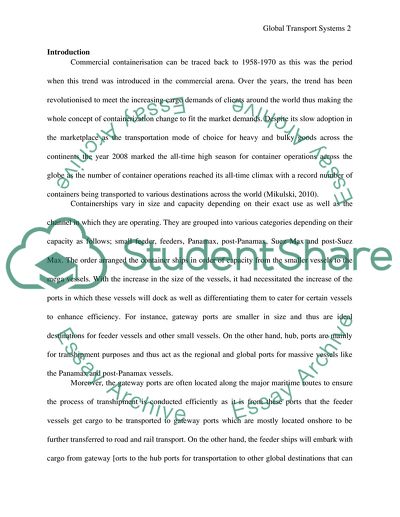Cite this document
(Economics and Logistics in Short and Deep Sea Market Coursework, n.d.)
Economics and Logistics in Short and Deep Sea Market Coursework. Retrieved from https://studentshare.org/marketing/1855524-global-transport-systems
Economics and Logistics in Short and Deep Sea Market Coursework. Retrieved from https://studentshare.org/marketing/1855524-global-transport-systems
(Economics and Logistics in Short and Deep Sea Market Coursework)
Economics and Logistics in Short and Deep Sea Market Coursework. https://studentshare.org/marketing/1855524-global-transport-systems.
Economics and Logistics in Short and Deep Sea Market Coursework. https://studentshare.org/marketing/1855524-global-transport-systems.
“Economics and Logistics in Short and Deep Sea Market Coursework”, n.d. https://studentshare.org/marketing/1855524-global-transport-systems.


